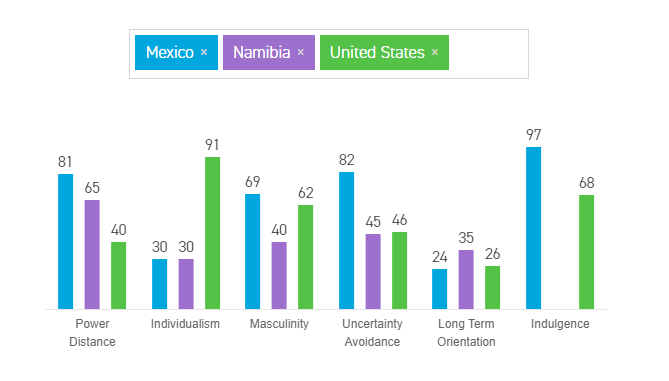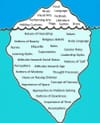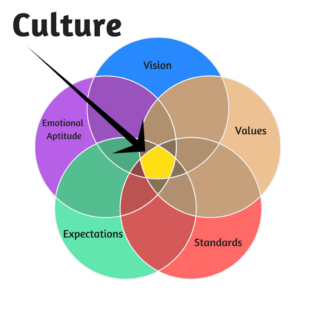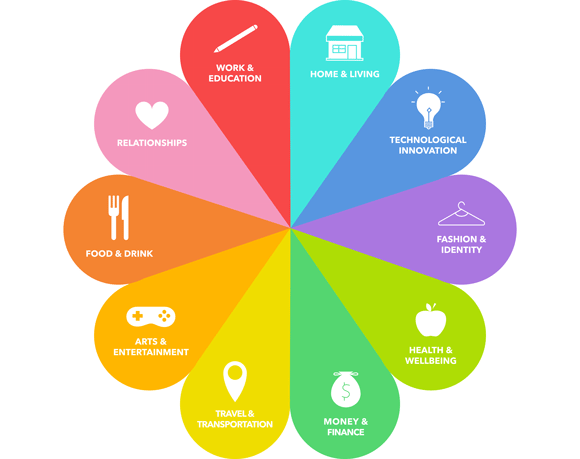Hofstede's cultural dimensions theory is a framework for cross-cultural communication, developed by Geert Hofstede. It describes the effects of a society's culture on the valuesof its members, and how these values relate to behavior, using a structure derived from factor analysis. This categories are: Power Distance Index (PDI), Indivudualism Versus Collectivism (IDV), Masculinity versus Feminity (MAS), Uncertainty Avoidance Index (UAI), Long Term Orientation versus Shrot Term Orientation (LTO) and Indulgence versus Restaint (IND).
PDI: It referes to the degree of acceptance of the less poweful members of a culture. In Himba Culture is factor is hight.
IDV: Defines the level at which individuals are integrated into society and the feeling of belonging to the group. Himba tribe is more collective than individualist.
MAS: This indicator defines the tendency of a culture towards patterns of behavior with greater masculinity or femininity. In Himba culture there is a more masculinity factor.
UAI: The UAI deals with society's acceptance of uncertainty and ambiguity in the face of an absolute truth, that is, it explains how they feel when handling unknown situations. In Himba Culture this fact is not so strong, they have a normal point of view in unknown situations.
LTO: The long-term orientation points to societies with a propensity to save and persevere. Himba culture do not have this characteristic. This is they do not think about better ways of doing something. Their biggest ambition is to let things in the way they always have been.

In this grahp are the characteristics in three different countries. Unfortunatelly, there is no data for Himba tribe in this web side, so it was replace by Nabimia. It can be see that Nabimia shares some characteristics with Mexican culture and others with the american culture. Nevertheless, the results of nabimia are not the same from the himba culture. This means that it can not be said that the purple information can be taken for Himba culture. Himba Culture is more like the amercian one.








